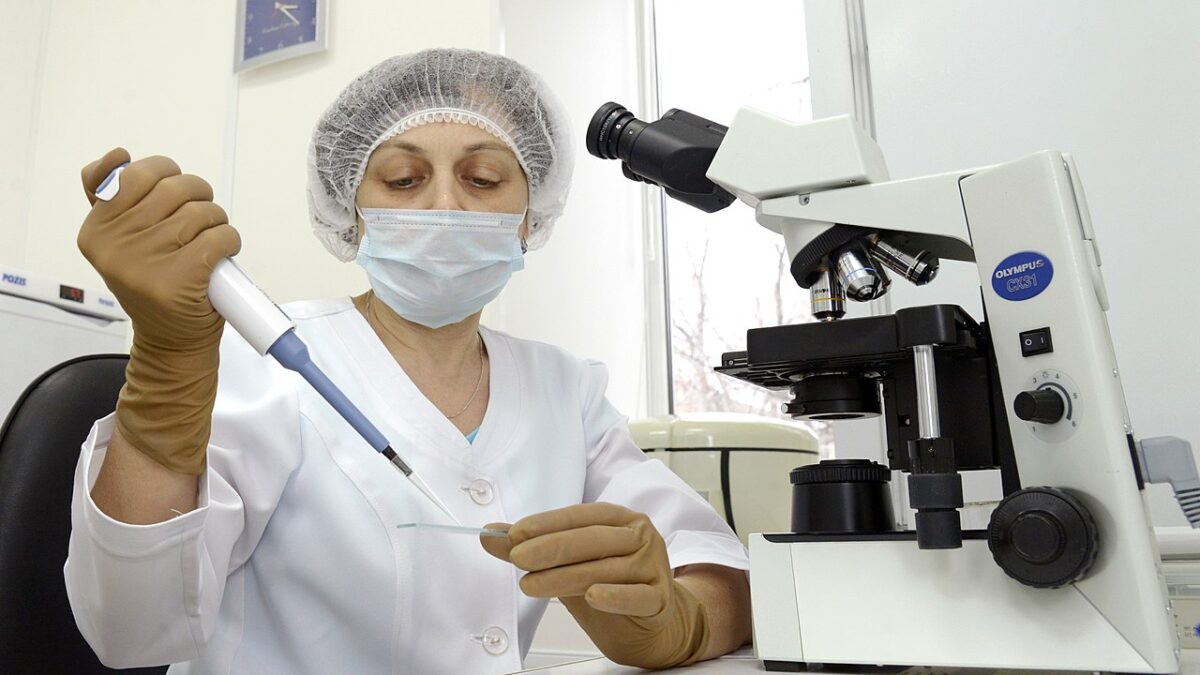
It may be years before we regain a sense of normalcy after the COVID-19 pandemic, but one of the hidden tragedies of the last 16 months is how extended lockdowns affected children, particularly through an increase in online sexual exploitation.
In April 2020, the National Center for Missing and Exploited Children received 4.2 million reports of sexual exploitation, online enticement, child sex abuse materials (or “CSAM”), and unsolicited pornography sent to a child. This represented an increase of 2 million reports from the same month in 2019 and 2 million more than in 2018.
Throughout 2020, NCMEC registered a 98 percent increase in reports for online sexual enticement of children. Similar spikes in online exploitation were reported in Scotland, Australia, India, and several other countries.
NCMEC Vice President John Sheehan attributes this increase to the COVID-19 lockdowns, telling Forbes that with millions of kids at home and online all day, “There’s just more instances for predators to take advantage of these opportunities.” One such pornography website, PornHub, which has come under increasing pressure for hosting CSAM on its platforms, reported a global surge of visitors from late February to March last year as the lockdowns began.
No one knows for sure how many of these visitors were minors, but research consistently finds that children under the age of 18 are among the most frequent users of porn. A 2016 Barna report found that 37 percent of teens aged 13-17 seek out pornography at least once or twice monthly and 49 percent stumble across it each month. These numbers are roughly the same as for the population as a whole (33 percent and 52 percent respectively).
Although research has determined pornography use among teens to be “normative” as far back as 2007, the challenges of the past year may have made an already bad situation worse. Instead of enjoying the safety and comfort of a loving home and a nurturing school environment, most kids spent the past year grappling with the fear of an unknown virus combined with lockdown-mandated loneliness. Those turning to porn for comfort or entertainment inadvertently traveled further down the rabbit hole of pornography’s vast harms.
In a meta-analysis published in the journal Sexual Addiction and Compulsivity, Dr. Jill Manning detailed the harms of pornography for a young mind, including believing that promiscuity is normal; thinking that not having sex is unhealthy; objectifying others and viewing sex as a commodity; believing that sexual activity like group sex or sadomasochism is common; and normalizing dangerous sexual behavior, like bestiality or sex with children.
That last point brings the tragedy full circle. Exposure to pornography is often used to groom child victims, and online enticement of children almost always involves sending them sexually explicit content to break down their inhibitions. A culture cannot hope to eradicate sexual abuse, exploitation, and human trafficking while feeding its youth a steady diet of sexually violent pornography.
The saddest part of this is that children are largely navigating these dangers alone. The Crimes Against Children Research Center found that of the online exploitation children reported to researchers, only 12 percent of incidents were reported to parents or guardians.
Sheehan admitted the rise in the reporting of online exploitation could be partly attributed to greater parental awareness during the lockdowns, but this impact seems to be minimal. Of the 21.7 million reports received by NCMEC in 2020, only 1.4 percent came from the public.
Research has shown a vast disconnect between what parents believe their children’s online behavior to be versus the actual stark, and often harrowing, truth. A 2016 Indiana University study found half as many parents thought their 14 to 18-year-olds had seen porn as had watched it in reality. A 2019 BBC study found that three-quarters (75 percent) of parents felt that their children had not seen pornography online, but half (53 percent) of the kids in those families said they had.
The reasons for this disconnect are many, but pornography use is often accompanied by shame and isolation. The topic is uncomfortable for parents and kids alike. Too few homes have built up the trust and open communication that would help kids open up about what they are experiencing.
Online sexual exploitation of kids is a serious social issue that is only getting worse. We are far past the time when parents can stay silent and hope for the best. The “best” that kids need right now are parents willing to talk with them openly and compassionately about online dangers and walk boldly with them through the difficult journey of adolescence in a pornographic society.








